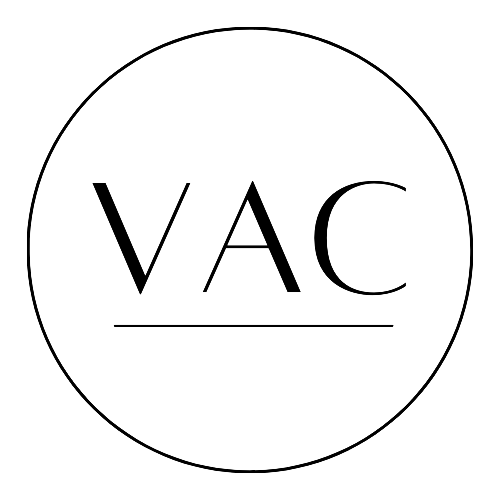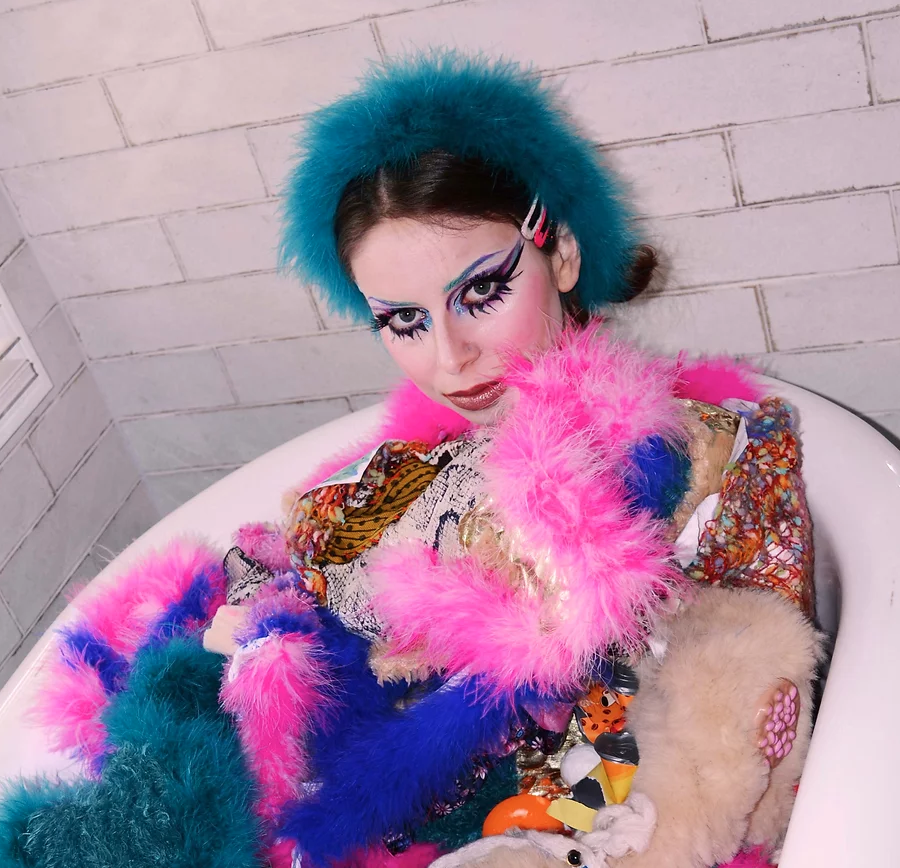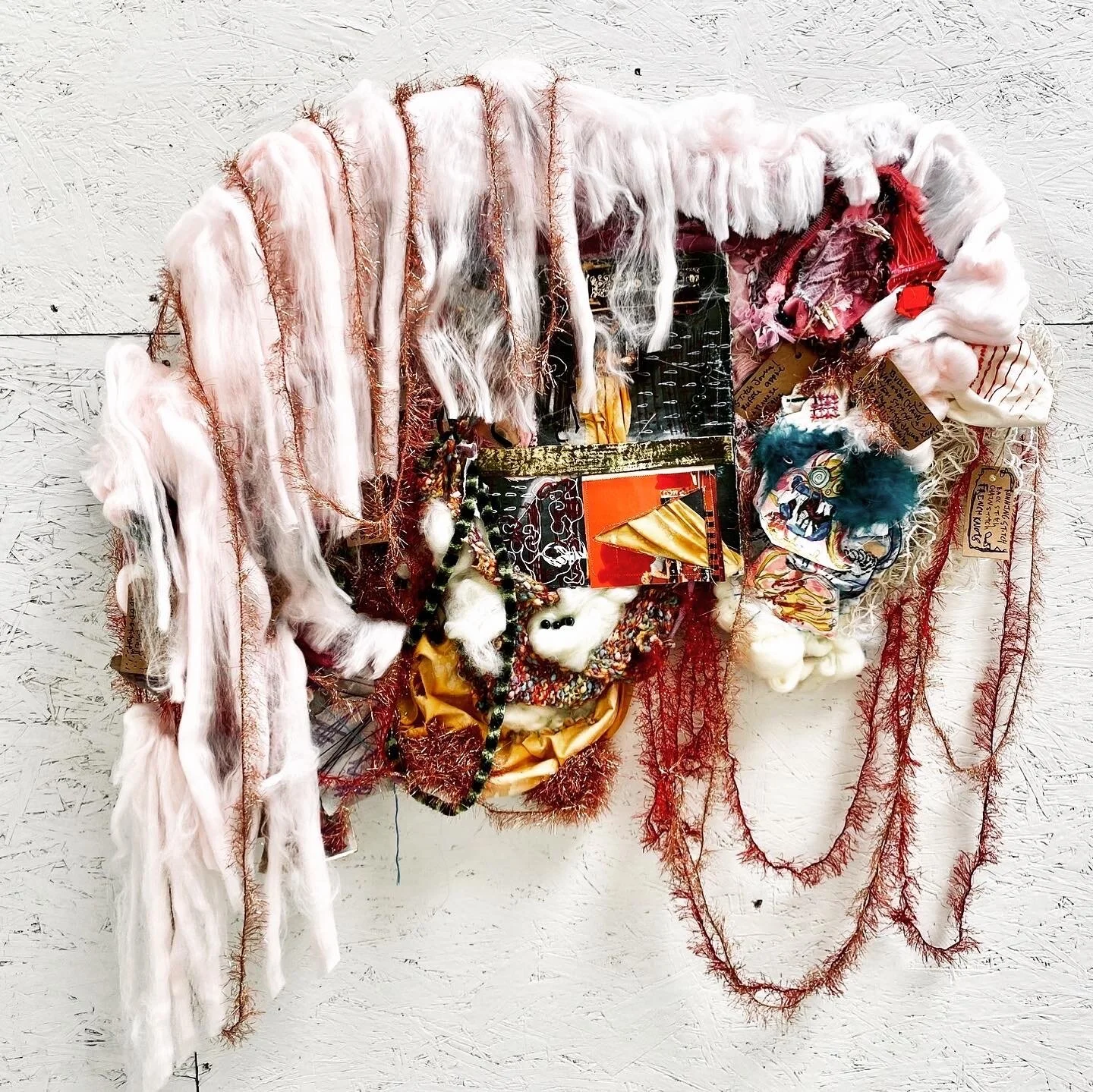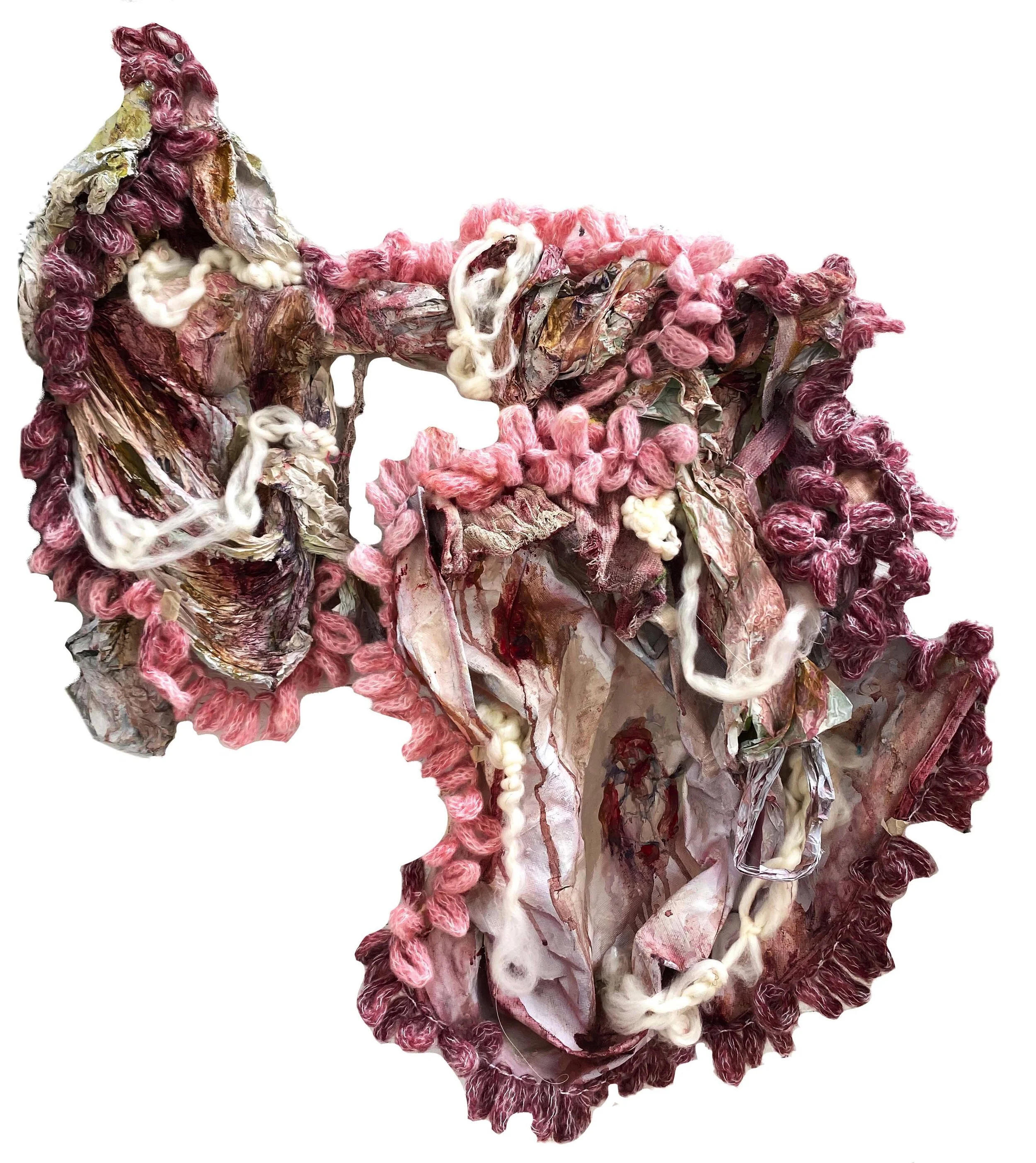Kate Luther : Redefining Sculpture
Mixed media artist Kate Luther utilizes a wide range of materials to create her beautifully complex and highly textural sculptures. Composed of thrifted fabric, family heirlooms, discarded plastic, and any other materials she can find, Kate’s raw and energetic work challenges traditional sculpture mediums. Integrating elements of painting, fashion, and textiles, Kate continues to break boundaries and redefine the genre of sculpture.
Hi Kate! Tell me about your background and where your creative journey began.
I am originally from Marietta, Georgia, which is a small town just outside of Atlanta. I have always had a love of collecting and curating strange and unassuming objects and materials since I was a child. During my preteen years I took private lessons under local sculptors to refine and improve my creative processes. In high school I became a member of the visual art academy where I would eventually help to create the sculpture department that is currently taking off today! Upon graduation, I attended a small college in Alabama where I focused intently on perfecting my technical design skills. After a year, I moved to Chicago to attend the School of the Art Institute of Chicago where I discovered the fibers department and began to really develop my voice as a creative.
What led you to create mixed-media sculptures, and how has your work evolved over time?
What led me to create my mixed media pieces was honestly, especially at the beginning, a lack of resources. I did not have access to more traditional sculpture mediums like wood and metal so I simply used what I had around me to create my work. Whether it be thrifted fabric, discarded plastic, or family heirlooms, I created these pieces from objects that were available to me. The more processes and mediums that I have learned over time the more complex and intriguing my work has become. My sculptures evolved from being strictly one medium or applying one process to integrating several varying disciplines. For example, I am currently in the process of combining fashion, painting, and fibers to create a body of work that focuses on form, color theory, and surface manipulation.
Tell me a bit about your creative process. Do you plan out your work ahead of time or allow it to take shape organically?
Depending on the project, I do little to no planning on my pieces. I am far more process and conceptually driven than designing an exact and orchestrated plan. Especially with my fiber sculptures, I like to consider the objects and materials I collect my sketchbook and consider how the gathered materials may inform my concept. I do a lot of my “sketching” by re-draping and reshaping my objects and textiles. Before I start any project, I manipulate my objects before I put them on a surface and then curate other objects to compliment the other manipulated objects.
Where do you find inspiration for your work?
At the risk of sounding incredibly vague and gimmicky, I find inspiration in anything and everywhere. From the crack on the sidewalk, to the poetry of Sasha West, or the work from other fiber artists, I always try to keep my eyes peeled for inspiration. Some of my favorite forms of inspiration, however, are avant garde fashion, the raw energy of heavy metal or psychedelic rock, feminist writings and authors, and intuitive or outsider art.
What does a typical day in the studio look like, and how has your art practice shifted in the past few years?
A normal day in the studio for me would be blasting either Pink Floyd or Pantera with a large cup of black coffee and actively working on a piece. Me working on a piece can look like taking a hammer to objects and collecting my favorite pieces or something as slow and delicate as hand stitching appliquès or painting organic forms throughout the piece. My practice has gone from from jumping to one discipline to the next to combining all of the disciplines I have learned and creating an amorphous body of work.
What are you working on at the moment?
Currently, I am working on collecting materials to go with the unfinished quilt tops passed down to me by my great great grandmother. I am researching the connections and parallels to feminism and the art of quilting throughout generations. Also, I am teaching myself the basics of weaving and studying the idea of impermanence in poetry.
What are your future goals and aspirations?
My current goal right now is to get into the best MFA program I possibly can. However, my future - and more worthwhile goal- is to become an educator and an artist that empowers women to break boundaries of what a woman artist is and what she can make.
Follow Kate on Instagram at: katelutherart
Website: www.katelutherart.com






